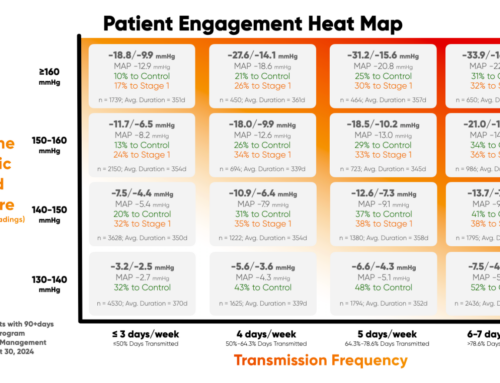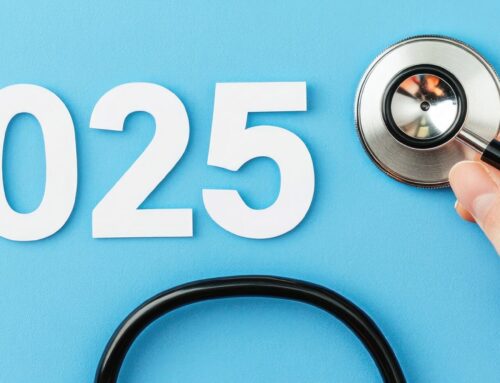An estimated 42 percent of the adult population in the US is afflicted with obesity. The situation has rapidly worsened over the last two decades when the obesity rates stood at 31 percent.
Obesity can potentially lead to serious health complications like heart failure or diabetes if left unchecked or untreated. The main culprit behind the alarming rise in the numbers of America’s obese or overweight adult populations is dietary habits combined with a lack of physical activity.
Prevention, mainly through lifestyle modification, is widely considered the best weight loss approach, instead of medical treatment or bariatric surgery, once the condition occurs. Striving for continuous improvements in lifestyle habits with the help of continuous monitoring is the ideal long-term treatment for obesity.
RPM and Obesity
Using a Remote Patient Monitoring program to continuously track a patient’s well being can go a long way in helping to prevent weight gain progression and life-threatening medical complications, in addition to helping the patient lose weight.
RPM and obesity management keep both patients and practitioners well-informed and help both gain insight into the weight gain and loss patterns. This in turn helps practitioners create customized weight management plans.
How do RPM and Obesity Management Work?
Patients use a cellular scale to measure their daily body weight which is then transmitted to their healthcare practitioners, who can use this patient-generated data to track the patient between in-person visits and offer care services as and when required. The practitioners can also use these daily weight measurements to recognize patterns and gauge the effectiveness of their obesity management plans.
Apart from the cellular scale, RPM and obesity management use a variety of applications to identify potential lifestyle interventions that may otherwise go unnoticed during clinical visits. Telemedicine is a comfortable way to approach and discuss the subject of weight management.
RPM programs primarily collect and analyze patient health data, to provide an effective and personalized course of treatment. However, remote obesity monitoring goes a step further by contributing to actual weight loss, becoming a proactive healthcare solution.
RPM and obesity management are, from all accounts, more effective methods of weight control and lifestyle changes as compared to the traditional weight loss methods. It has been established that daily weight measurements with remote obesity monitoring not only help prevent health emergencies but can also be wielded as a weight-loss tool.
Obesity Clinical Use Case Outcomes
In outcomes data involving patients enrolled with HealthSnap’s RPM programs, there was an average weight loss of 5 lbs. across all weight monitoring patients.
An overwhelming eighty-four percent of patients experienced a sense of greater control over their health. All of them unanimously agreed that they felt an improved sense of security due to regular monitoring and the feedback from the care providers resulted in a better understanding of their health, with 70 percent showing improved health outcomes.
Proactive and Successful Weight Management with HealthSnap
How to choose the best RPM and obesity management program for your patients? If you are struggling with this question for your healthcare practice, look no further. HealthSnap, with its cellular-enabled connected devices, AI assistance, and population analytics, is a comprehensive RPM solution for obesity management programs.
The HealthSnap integrated Virtual Care Platform is an all-in-one solution, whether you are a multi-specialty medical practice or a healthcare provider. To gain more insight into remote monitoring’s role in obesity management, call 888-780-1872 or use our online form to request a consultation or demo.











